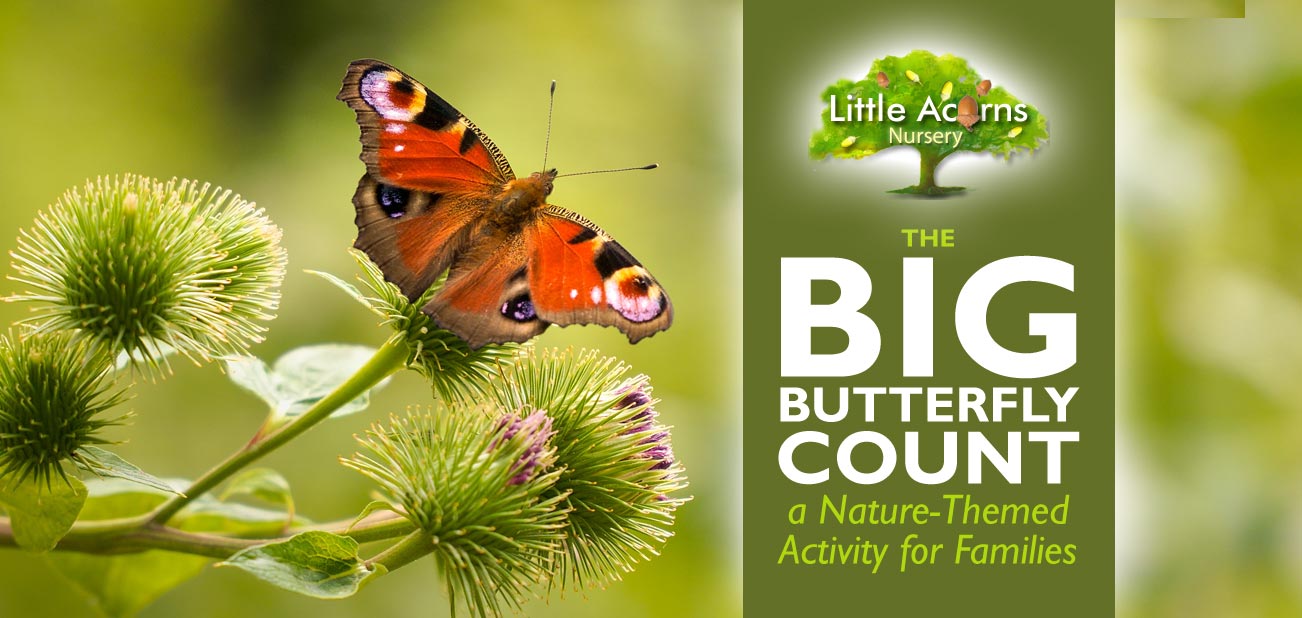
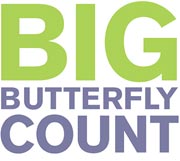 Many will have heard of the Big Garden Birdwatch that takes place every year in January. However, fewer are aware of a similar activity called The Big Butterfly Count that takes place in July and early August. As well as being extremely worthwhile, it’s a wonderful activity for both children and adults to get involved in as citizen scientists. The activity helps with butterfly conservation, is educational for those taking part, and encourages families to get outdoors, closer to nature. And, as we know, getting closer to nature is very good for children and people of all ages. Today, we take a look at this wonderful butterfly-spotting activity and explain how children and families can get involved, help these beautiful little pollinators, contribute a little time to the conservation initiative and benefit themselves at the same time.
Many will have heard of the Big Garden Birdwatch that takes place every year in January. However, fewer are aware of a similar activity called The Big Butterfly Count that takes place in July and early August. As well as being extremely worthwhile, it’s a wonderful activity for both children and adults to get involved in as citizen scientists. The activity helps with butterfly conservation, is educational for those taking part, and encourages families to get outdoors, closer to nature. And, as we know, getting closer to nature is very good for children and people of all ages. Today, we take a look at this wonderful butterfly-spotting activity and explain how children and families can get involved, help these beautiful little pollinators, contribute a little time to the conservation initiative and benefit themselves at the same time.
The Big Butterfly Count
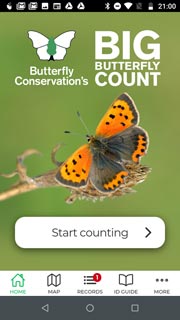 Organised by the charity Butterfly Conservation, the long-term aim of the Big Butterfly Count is for butterflies and moths to thrive and be enjoyed by everyone. That’s important because populations of butterflies have really suffered in recent decades, with some species of butterfly even becoming extinct in the UK and elsewhere. Changes in their numbers are also very good indicators of wider problems in pollinators of all types, including bees for example.
Organised by the charity Butterfly Conservation, the long-term aim of the Big Butterfly Count is for butterflies and moths to thrive and be enjoyed by everyone. That’s important because populations of butterflies have really suffered in recent decades, with some species of butterfly even becoming extinct in the UK and elsewhere. Changes in their numbers are also very good indicators of wider problems in pollinators of all types, including bees for example.
The key requirement of the Big Butterfly Count is simply for families across the UK to spend just a little time outdoors, during a very specific time of the year, to record how many different species they see during that time. The findings of thousands of families throughout the UK will then help Butterfly Conservation to understand what species are living in the different UK regions. Data submitted will allow a comparison of reported data from year to year, so Butterfly Conservation can see trends in butterfly populations and spot any significant increases, reductions and areas of concern.
“Help take the pulse of nature.”
When is the Big Butterfly Count?
For 2024, the Big Butterfly Count is any daylight time from Friday 12th July to Sunday 4th August. The reason this period is chosen is because that’s when most butterflies have reached adulthood, so people should be able to spot more of them. This ‘peak adult’ period is essentially at the same approximate period every year.
How Can Families Get Involved?
Getting involved in the Big Butterfly Count is easy and takes very little time. All that’s needed is a 15-minute period of time during daylight hours, between 12th July and 4th August. Bright, sunny weather conditions are preferred. Families simply need to find a good spot* outdoors and watch carefully, just for a quarter of an hour, and record which types of butterflies they spot. They can then submit their sightings any time up until 31 August. The count focuses on specific species within each area of the UK. These are mainly butterflies but they also include a few daytime-flying moths that Butterfly Conservation are interested in monitoring.
*Another alternative, by the way, is for children and families to monitor butterflies during a 15-minute walk i.e. you do not necessarily have to stay in one spot.
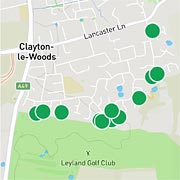 If you are counting butterflies from a static spot, count up how many of the same species you see at the same time. For example, if there are three Large Whites visible at the same time, count that as three. If you see only one at a time, but see it on three separate occasions during the 15 minutes, that counts as only one. That’s so that we can be sure it’s not the same one visiting three times!
If you are counting butterflies from a static spot, count up how many of the same species you see at the same time. For example, if there are three Large Whites visible at the same time, count that as three. If you see only one at a time, but see it on three separate occasions during the 15 minutes, that counts as only one. That’s so that we can be sure it’s not the same one visiting three times!- If you’re counting while on a walk, however, simply count the number of each species you see during the entire 15-minute time frame.
- You may do as many counts as you like; then simply submit the separate records, through the app, for each different location and/or date.
- As well as having a section for your own submissions, an interactive map can be found on the smartphone app to show you results from other people across the entire UK. Zoom in for more detail. Shown in the image is the butterfly counts for 2022 in Clayton-le-Woods. In the app itself, each is clickable so you can find out which species were spotted and the number of them.
Where is a Good Spot to See Butterflies?
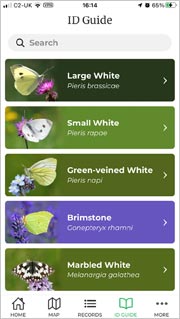 A good spot, by the way, would be either somewhere outdoors with lots of flowers to attract butterflies and other pollinators, or somewhere you’ve left out some very ripe fruit e.g. pieces of ripe orange, apple, nectarine, grapefruit, banana, or strawberry— butterflies love sweet fruit even when it’s a little over-ripe! Whether that’s in your own garden, near potted flowers on a patio, school grounds, in a park, or out in the countryside is entirely up to you and your family. Even if you spot no butterflies during your 15-minute count, you should still submit your results, by the way, as that might indicate a problem with the butterfly population — and potentially other types of wildlife loss — in that area.
A good spot, by the way, would be either somewhere outdoors with lots of flowers to attract butterflies and other pollinators, or somewhere you’ve left out some very ripe fruit e.g. pieces of ripe orange, apple, nectarine, grapefruit, banana, or strawberry— butterflies love sweet fruit even when it’s a little over-ripe! Whether that’s in your own garden, near potted flowers on a patio, school grounds, in a park, or out in the countryside is entirely up to you and your family. Even if you spot no butterflies during your 15-minute count, you should still submit your results, by the way, as that might indicate a problem with the butterfly population — and potentially other types of wildlife loss — in that area.
“Numbers of butterflies and moths in the UK have decreased significantly since the 1970s. This is a warning that cannot be ignored.”
How Can You Identify the Types of Butterflies?
Help is on hand to help children/families more easily identify which butterfly species they spot on the day — and at any other time. On the day, families with smartphones can use the free Big Butterfly Count phone app, which is available on both Apple IOS and Android. Below are the links to download them, free of charge, and they seem pretty fast to download too.


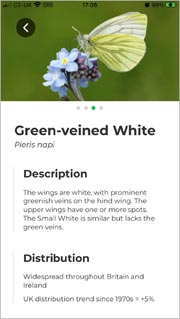 For the youngest of children, an adult will need to supervise the use of the app but many older children will no doubt take to the technology like ducks to water. The app includes several sections including an excellent guide to up to about 21 species that the Big Butterfly Count is particularly interested in this year. Shown are details about each type along with photographs for reference and ID purposes. Details of each type of butterfly — or daytime-flying moth — include information like the difference between males and females, their distribution in the UK, and whether their populations have increased or decreased. Photos show each type with wings both open and closed, making identification even easier.
For the youngest of children, an adult will need to supervise the use of the app but many older children will no doubt take to the technology like ducks to water. The app includes several sections including an excellent guide to up to about 21 species that the Big Butterfly Count is particularly interested in this year. Shown are details about each type along with photographs for reference and ID purposes. Details of each type of butterfly — or daytime-flying moth — include information like the difference between males and females, their distribution in the UK, and whether their populations have increased or decreased. Photos show each type with wings both open and closed, making identification even easier.
What if you Spot a Butterfly Species You Can’t Identify?
If you happen to spot a butterfly that’s not included in the species of interest shown in the Big Butterfly Count phone app for your area, you can instead submit them using the free iRecord Butterflies app, details of which are available here. That alternative app can be used any time of year and features many more types of butterflies and moths. It still, however, allows you to submit your sightings to help with conservation and monitoring efforts. Indeed, you could argue that it’s a more permanent way of children helping to both monitor and report butterfly sightings as little citizen scientists.
What If You Don’t Have a Smartphone?
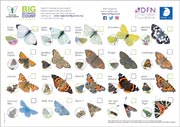 You/your child can still get involved in the Big Butterfly Count even if you/they don’t have a smartphone. Instead of using an app, download charts of the butterflies in your area from the Big Butterfly Count website. You’ll need to fill in a very short form to access the chart links, but they are free of charge and obligation. Choose the most appropriate download link for your region and download the chart. You/your child can then view it on screen and zoom in for the best detail, or print it out on paper. Once you’ve ticked off any that you/your child have seen in the 15-minute period, you will need to ask a friend or family member who has the app if you want them to submit your count for you, however. That’s because paper, email and phone submissions cannot be accepted. Spotting butterflies is a wonderful activity for children, though, whether or not their results are submitted.
You/your child can still get involved in the Big Butterfly Count even if you/they don’t have a smartphone. Instead of using an app, download charts of the butterflies in your area from the Big Butterfly Count website. You’ll need to fill in a very short form to access the chart links, but they are free of charge and obligation. Choose the most appropriate download link for your region and download the chart. You/your child can then view it on screen and zoom in for the best detail, or print it out on paper. Once you’ve ticked off any that you/your child have seen in the 15-minute period, you will need to ask a friend or family member who has the app if you want them to submit your count for you, however. That’s because paper, email and phone submissions cannot be accepted. Spotting butterflies is a wonderful activity for children, though, whether or not their results are submitted.
Safety & Well-Being of Children & Butterflies
Safety is paramount, of course, so young children should be accompanied and supervised by a responsible adult. It’s also important, of course, not to disturb or interfere with the butterflies. They are extremely delicate little creatures and their wings and bodies are too fragile for handling. Please do not try to catch them — you will do more harm than good.
“Butterfly declines are also an early warning for other wildlife losses … if their numbers are falling, then nature is in trouble. That’s why taking part in this massive citizen science enterprise is of great importance.”
A Focus on Nature at our Outstanding Nursery/Preschool in Clayton-le-Woods, Chorley


At Little Acorns Nursery, we know how important it is to get children involved with nature, so will always encourage worthwhile, educational activities like this one. As a Forest School setting, we encourage them to appreciate the natural world and all the flora and fauna within it, so this butterfly-spotting activity is a perfect fit. We also encourage children elsewhere and at home to get involved — it’ll do them, their families, butterflies and the natural environment great good.
Ofsted rate Little Acorns Nursery as an outstanding nursery/preschool in Clayton-le-Woods, and we’re also the winner of a National Nursery award. It simply doesn’t get any better than that and you therefore know your baby, toddler or child under five will be in good hands at Little Acorns. All Government childcare funding schemes are also supported for eligible families. To register your child for a place or to enquire about the possibility, please choose an option below:
Although Little Acorns is located in Clayton-le-Woods, Chorley, in Central Lancashire, we will also be a convenient option for those looking for high-quality childcare near Clayton Brook, Clayton Green, Thorpe Green, Pippin Street, Buckshaw Village, Whittle-le-Woods, Farington, Bamber Bridge, Lostock Hall, Euxton, Leyland and Penwortham.
Quotations in this article are from Butterfly Conservation.
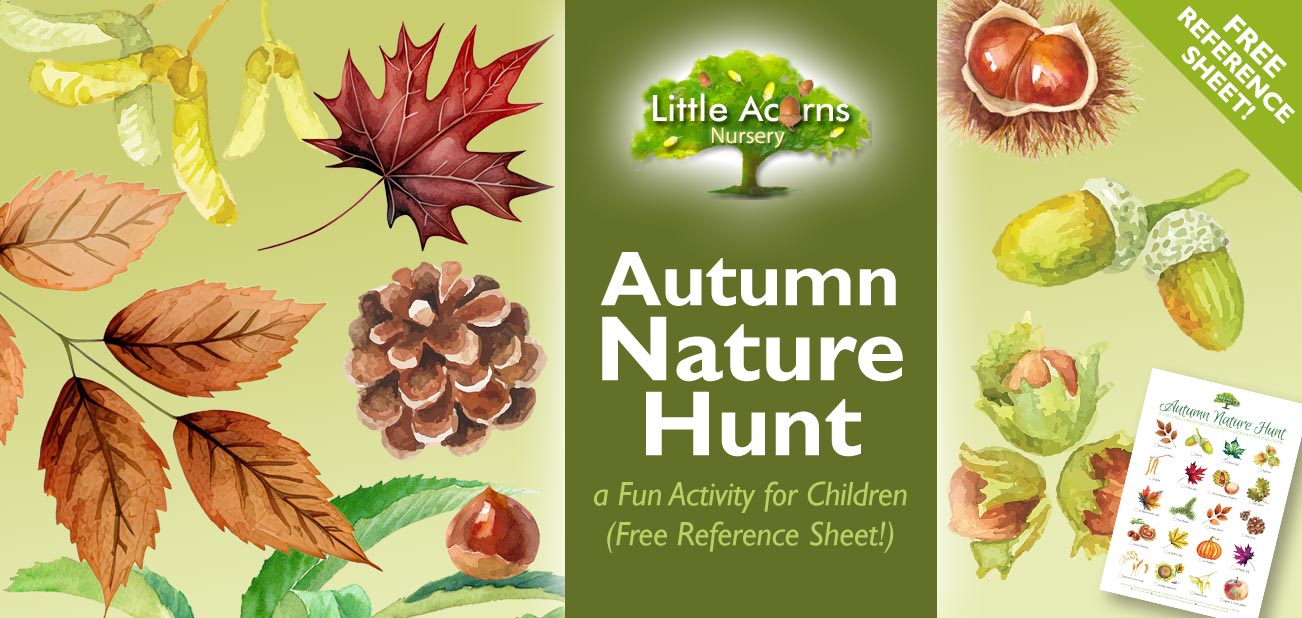
 By mid-November, autumn is in full swing and leaves are turning a myriad of different colours. Scenes of green, yellow, red and golden trees can be breathtakingly beautiful and the air is often crystal clear at this time of year — that’s great for photos! The autumn season also brings with it a treasure trove of fascinating natural things that children can discover if they take the time to look. Indeed, an autumn nature hunt is the perfect excuse for little ones to spend some time outdoors, where they will also benefit from outdoor play and everything that nature has to offer children. Whether finding gorgeous sweet chestnuts, cute acorns, dangly catkins, fascinating fir cones or highly coloured leaves, children will love an autumn treasure hunt and are sure to be enthralled by what they find. It’s a magical time of year! With all that in mind, we have prepared a free activity sheet that children and families can download, print out, and take with them as a visual reference when they next venture outdoors. We suggest children make a start soon, while all the natural wonders are abundant. Download your free Autumn Nature Hunt Reference Sheet (preview below) and get started today!
By mid-November, autumn is in full swing and leaves are turning a myriad of different colours. Scenes of green, yellow, red and golden trees can be breathtakingly beautiful and the air is often crystal clear at this time of year — that’s great for photos! The autumn season also brings with it a treasure trove of fascinating natural things that children can discover if they take the time to look. Indeed, an autumn nature hunt is the perfect excuse for little ones to spend some time outdoors, where they will also benefit from outdoor play and everything that nature has to offer children. Whether finding gorgeous sweet chestnuts, cute acorns, dangly catkins, fascinating fir cones or highly coloured leaves, children will love an autumn treasure hunt and are sure to be enthralled by what they find. It’s a magical time of year! With all that in mind, we have prepared a free activity sheet that children and families can download, print out, and take with them as a visual reference when they next venture outdoors. We suggest children make a start soon, while all the natural wonders are abundant. Download your free Autumn Nature Hunt Reference Sheet (preview below) and get started today! Ensure children, particularly the very young, receive appropriate adult supervision at all times. Although fascinating and fun, the outdoors holds many hazards for the unwary. Therefore, children will need to be closely monitored by a responsible adult in order to safeguard their well-being.
Ensure children, particularly the very young, receive appropriate adult supervision at all times. Although fascinating and fun, the outdoors holds many hazards for the unwary. Therefore, children will need to be closely monitored by a responsible adult in order to safeguard their well-being.


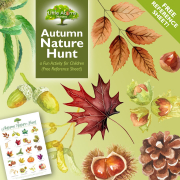
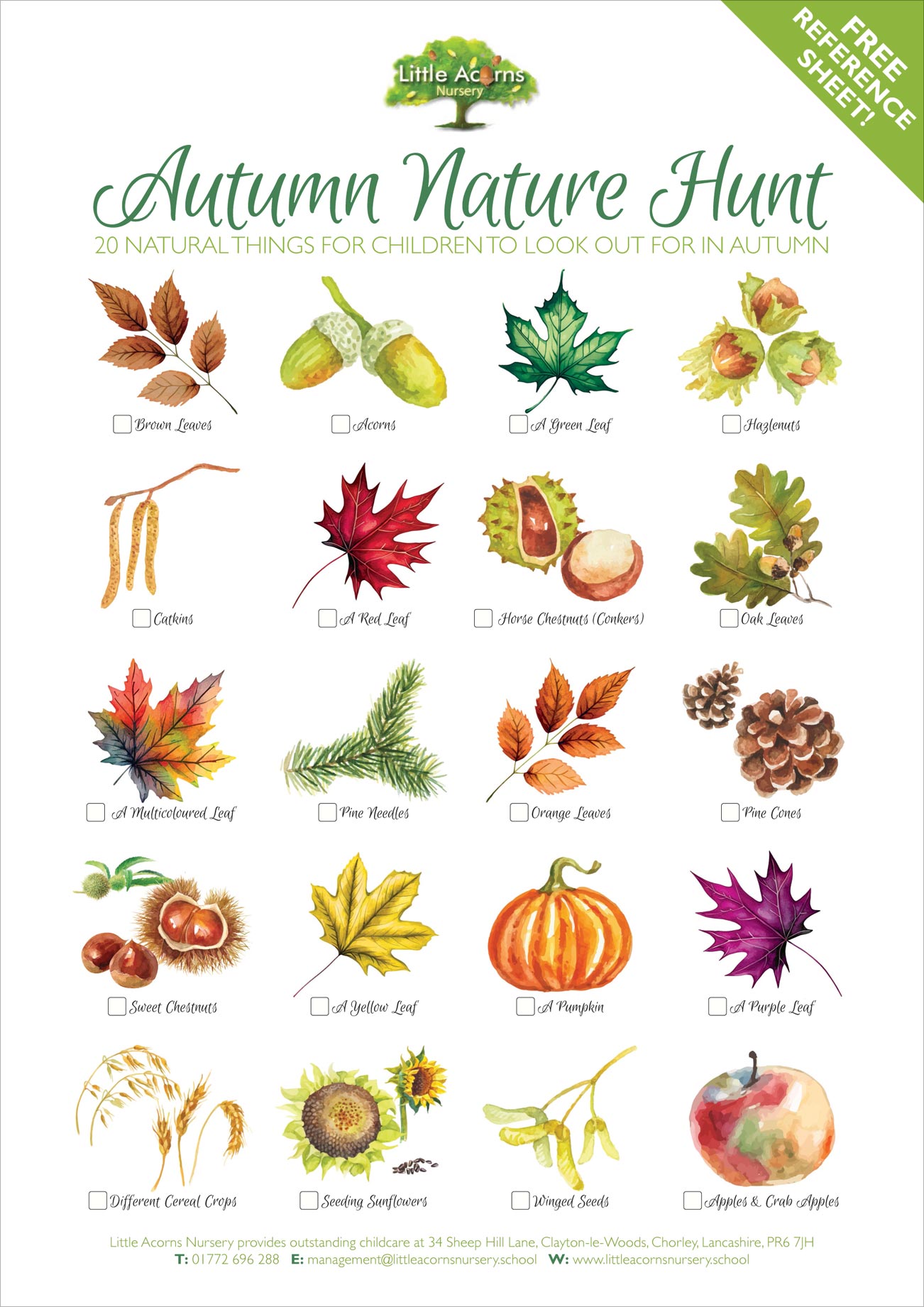
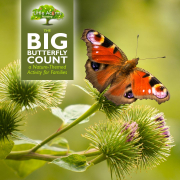

 Many will have heard of the Big Garden Birdwatch that takes place every year in January. However, fewer are aware of a similar activity called The Big Butterfly Count that takes place in July and early August. As well as being extremely worthwhile, it’s a wonderful activity for both children and adults to get involved in as citizen scientists. The activity helps with butterfly conservation, is educational for those taking part, and encourages families to get outdoors, closer to nature. And, as we know,
Many will have heard of the Big Garden Birdwatch that takes place every year in January. However, fewer are aware of a similar activity called The Big Butterfly Count that takes place in July and early August. As well as being extremely worthwhile, it’s a wonderful activity for both children and adults to get involved in as citizen scientists. The activity helps with butterfly conservation, is educational for those taking part, and encourages families to get outdoors, closer to nature. And, as we know, 




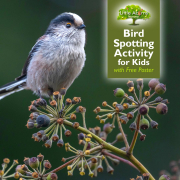
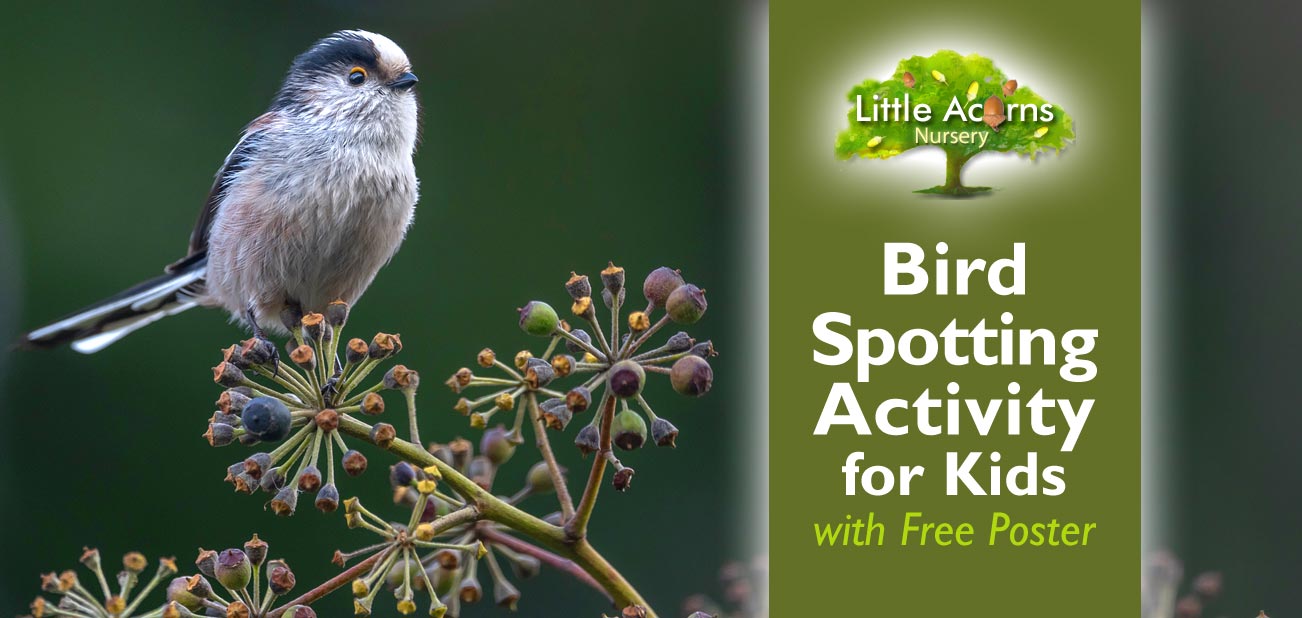
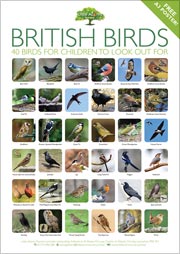 Are you looking for a fun and educational activity for your children? Why not encourage them to do some bird spotting? Not only is it a great way to spend time outdoors, but it’s also a wonderful opportunity for them to learn about nature and develop observation skills. As we know,
Are you looking for a fun and educational activity for your children? Why not encourage them to do some bird spotting? Not only is it a great way to spend time outdoors, but it’s also a wonderful opportunity for them to learn about nature and develop observation skills. As we know, 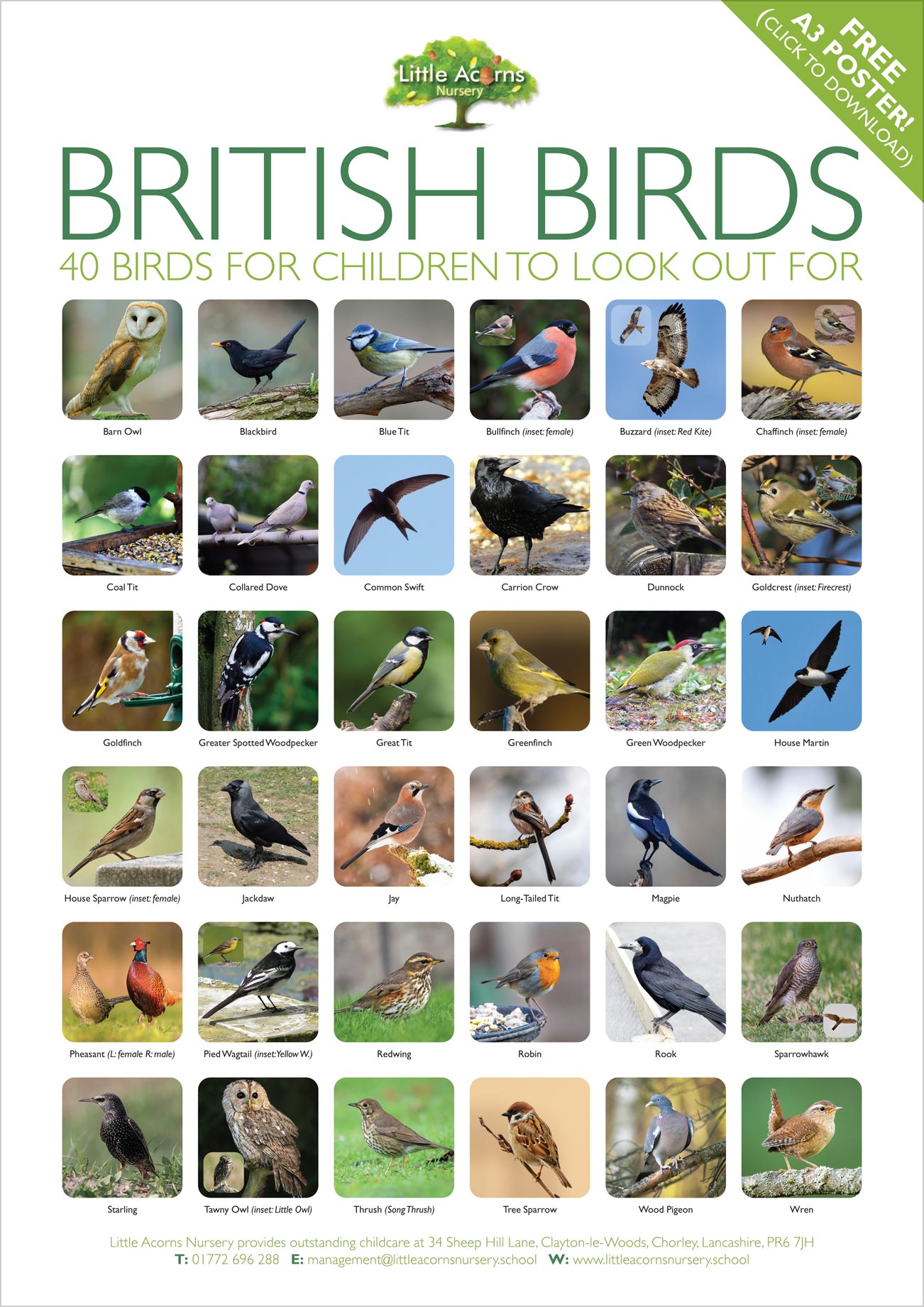
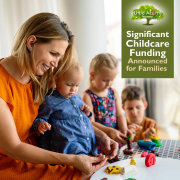
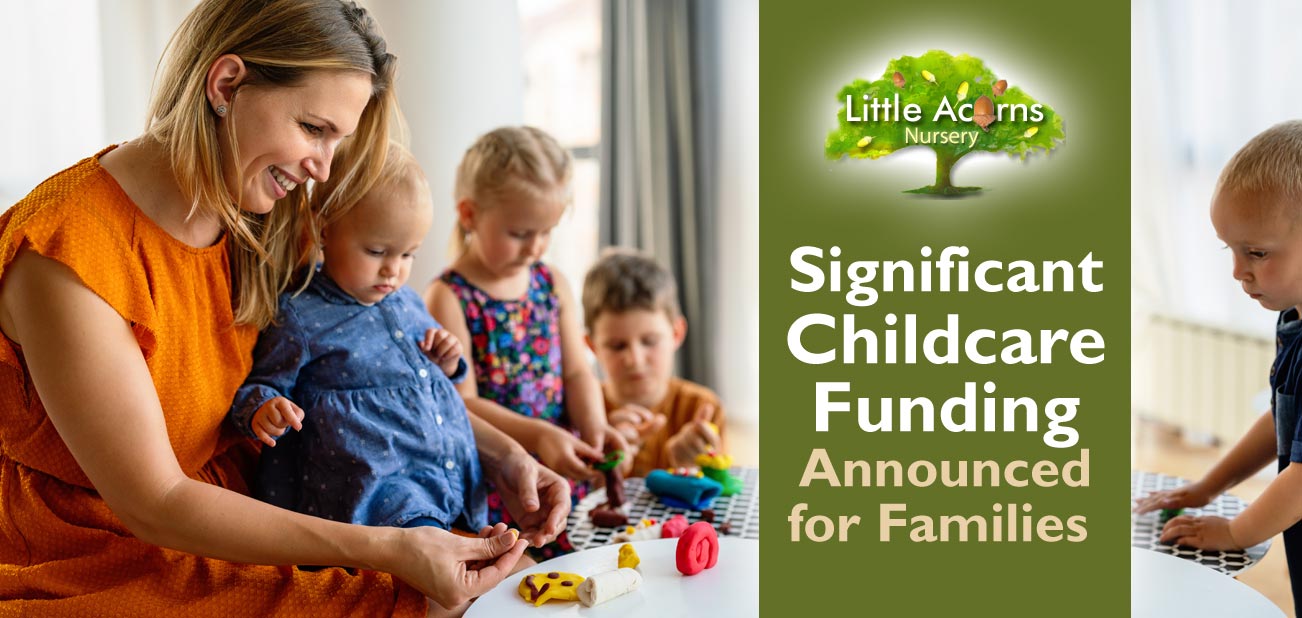
 parents to return to the workplace sooner after the birth of their child if they so choose;
parents to return to the workplace sooner after the birth of their child if they so choose; children aged 2 from eligible working families will be able to claim 570 hours of free childcare each year. This is typically taken as 15 hours of free childcare each week over 38 weeks, although exactly how it’s taken may be agreed otherwise between the family and the childcare provider.
children aged 2 from eligible working families will be able to claim 570 hours of free childcare each year. This is typically taken as 15 hours of free childcare each week over 38 weeks, although exactly how it’s taken may be agreed otherwise between the family and the childcare provider. Until now, 87% of those eligible to claim childcare support through Universal Credit were not doing so. One of the main reasons for this was that it’s geared towards low-income families yet required them to pay childcare fees in advance — and later claim them back. Paying in advance is not so easy when household income is low, as is typically the case for households that would otherwise be eligible. For this reason, another of the Chancellor’s initiatives announced in the Spring Budget 2023 is to roll out the following improvements:
Until now, 87% of those eligible to claim childcare support through Universal Credit were not doing so. One of the main reasons for this was that it’s geared towards low-income families yet required them to pay childcare fees in advance — and later claim them back. Paying in advance is not so easy when household income is low, as is typically the case for households that would otherwise be eligible. For this reason, another of the Chancellor’s initiatives announced in the Spring Budget 2023 is to roll out the following improvements: The final childcare-related initiative in the Chancellor’s Spring Budget aims to fix another key problem for parents: how to juggle their own longer working hours with their child’s shorter school hours. When a child attends school, they often finish their school day several hours before their parent is finished at work, for example. There is therefore a childcare requirement to bridge the gap and this may be required both at the start and end of the child’s school day. In view of this, the Chancellor announced the piloting of a new Wraparound Pathfinder Scheme, which would fund childcare hours from 8 am until the start of the school morning and, later in the day, fund childcare for the mismatched afternoon hours up to 6 pm. The pilot will test the scheme to see how well it works. If successful, the Chancellor aims to roll it out to the whole of the UK from September 2024.
The final childcare-related initiative in the Chancellor’s Spring Budget aims to fix another key problem for parents: how to juggle their own longer working hours with their child’s shorter school hours. When a child attends school, they often finish their school day several hours before their parent is finished at work, for example. There is therefore a childcare requirement to bridge the gap and this may be required both at the start and end of the child’s school day. In view of this, the Chancellor announced the piloting of a new Wraparound Pathfinder Scheme, which would fund childcare hours from 8 am until the start of the school morning and, later in the day, fund childcare for the mismatched afternoon hours up to 6 pm. The pilot will test the scheme to see how well it works. If successful, the Chancellor aims to roll it out to the whole of the UK from September 2024.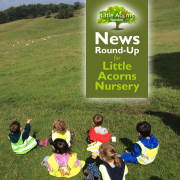
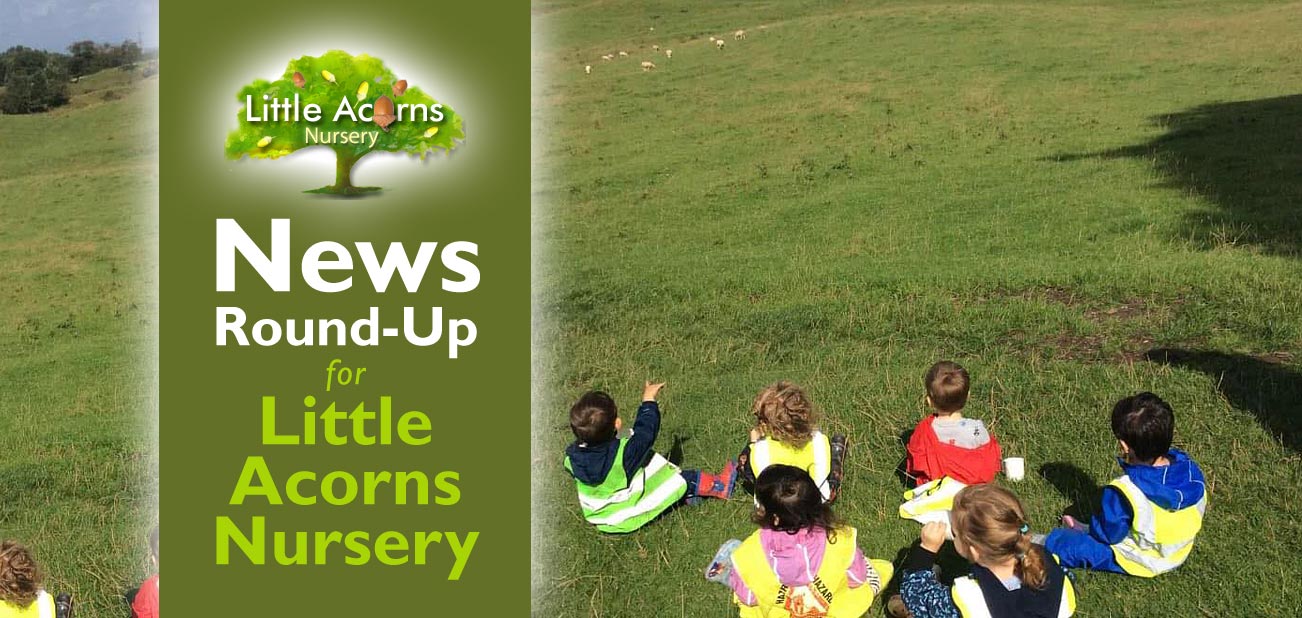
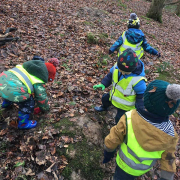
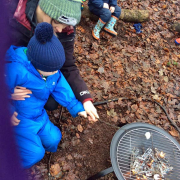
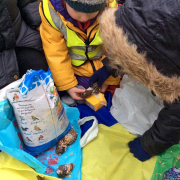
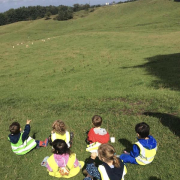
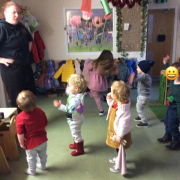
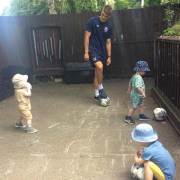
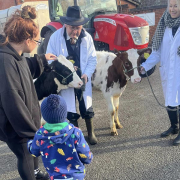
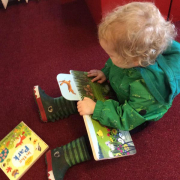

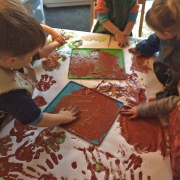
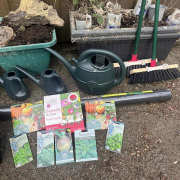
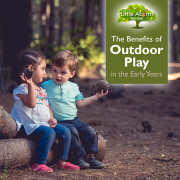
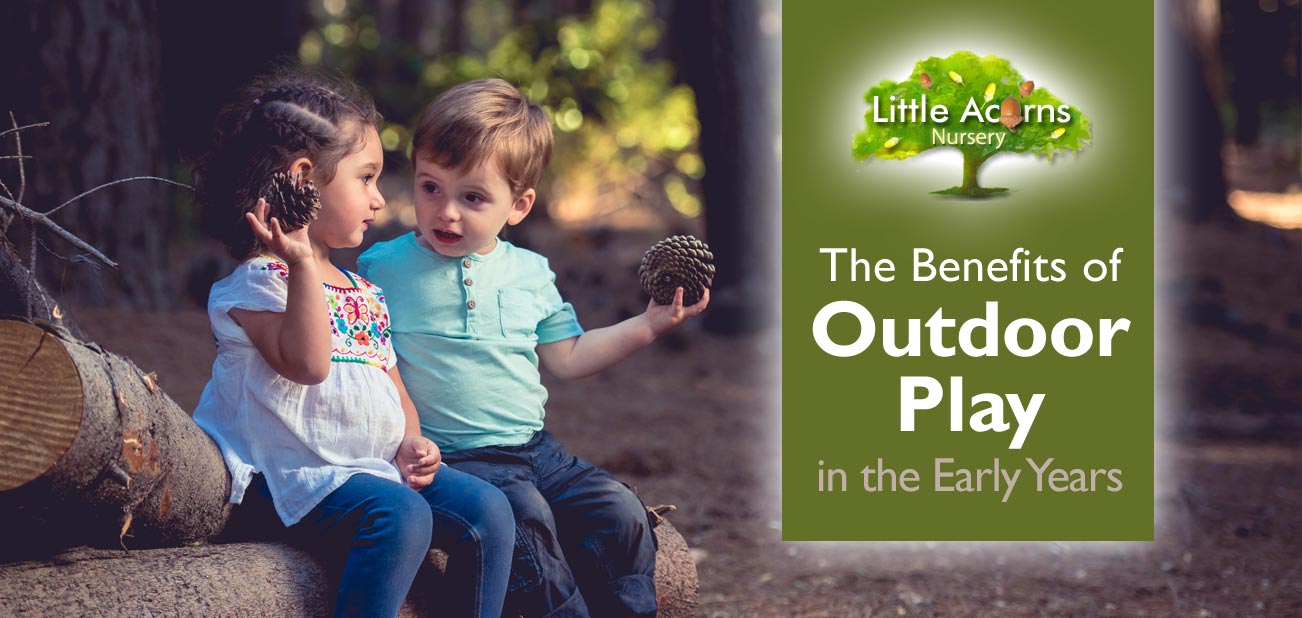
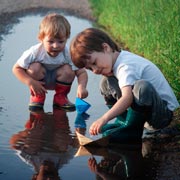 In today’s post, we take a look at the importance of outdoor play for children in their early years. Indeed, there are many benefits, as we’ll see …
In today’s post, we take a look at the importance of outdoor play for children in their early years. Indeed, there are many benefits, as we’ll see … Playing outside is also a healthy release from things like TV, electronic screens and, potentially, from an otherwise more sedentary lifestyle. Away from the confines of the indoors, outdoor play allows children the freedom to move about more freely. Outside, they’ll learn to navigate spaces, obstacles and play equipment, all the time improving spatial awareness, coordination, balance and gross motor skills. These include running, jumping, climbing and so on. Their fitness levels will naturally improve too, as they build stamina, muscle and strength. This is all incredibly good for them.
Playing outside is also a healthy release from things like TV, electronic screens and, potentially, from an otherwise more sedentary lifestyle. Away from the confines of the indoors, outdoor play allows children the freedom to move about more freely. Outside, they’ll learn to navigate spaces, obstacles and play equipment, all the time improving spatial awareness, coordination, balance and gross motor skills. These include running, jumping, climbing and so on. Their fitness levels will naturally improve too, as they build stamina, muscle and strength. This is all incredibly good for them.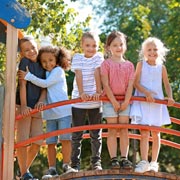 At Little Acorns, we understand the importance of outdoor play. Little ones, from the age of two have access to our outdoor gardens and play areas — all under close supervision, of course. We have invested heavily in a whole range of exciting, stimulating and educational outdoor facilities for the children to explore, play with and learn from. As they do, they will not only learn but they’ll also hone fine and gross motor skills, improve coordination and balance, improve physical fitness, enhance social skills and build friendships. They will also soon become better at recognising and balancing risk, they’ll become more independent as they move around freely. They’ll also learn from mistakes. Their self-confidence and self-esteem will also naturally grow. These are all incredibly important skills that will stand them in good stead as they gradually approach the age where they’ll leave us to move on to school.
At Little Acorns, we understand the importance of outdoor play. Little ones, from the age of two have access to our outdoor gardens and play areas — all under close supervision, of course. We have invested heavily in a whole range of exciting, stimulating and educational outdoor facilities for the children to explore, play with and learn from. As they do, they will not only learn but they’ll also hone fine and gross motor skills, improve coordination and balance, improve physical fitness, enhance social skills and build friendships. They will also soon become better at recognising and balancing risk, they’ll become more independent as they move around freely. They’ll also learn from mistakes. Their self-confidence and self-esteem will also naturally grow. These are all incredibly important skills that will stand them in good stead as they gradually approach the age where they’ll leave us to move on to school.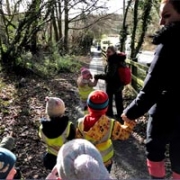 Taking outdoor experiences for little ones even further, Little Acorns regularly takes children on outings, including to local parks. More importantly, though, it was one of the first nurseries/pre-schools to introduce Forest School to Central Lancashire. This is the ultimate outdoor experience for under-fives and teaches them so much about the natural world — and also about themselves. As well as learning a huge amount about nature, flora, fauna, the seasons and about playing and learning in the Great Outdoors, Forest School helps them learn additional skills like problem-solving, working in teams, leadership, resilience, empathy, caring for the environment, personal responsibility and so much more. Learn more in
Taking outdoor experiences for little ones even further, Little Acorns regularly takes children on outings, including to local parks. More importantly, though, it was one of the first nurseries/pre-schools to introduce Forest School to Central Lancashire. This is the ultimate outdoor experience for under-fives and teaches them so much about the natural world — and also about themselves. As well as learning a huge amount about nature, flora, fauna, the seasons and about playing and learning in the Great Outdoors, Forest School helps them learn additional skills like problem-solving, working in teams, leadership, resilience, empathy, caring for the environment, personal responsibility and so much more. Learn more in 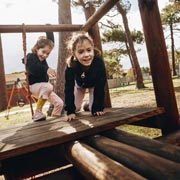 All these outdoor activities also support the early years curriculum. Outdoor playing and learning covers many of the areas outlined in the Early Years Foundation Stage (‘EYFS’) learning and development framework, which is prescribed for all childcare settings in England. Specifically, outdoor play helps children in at least four of the seven key areas of the EYFS including:
All these outdoor activities also support the early years curriculum. Outdoor playing and learning covers many of the areas outlined in the Early Years Foundation Stage (‘EYFS’) learning and development framework, which is prescribed for all childcare settings in England. Specifically, outdoor play helps children in at least four of the seven key areas of the EYFS including: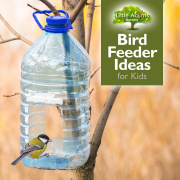
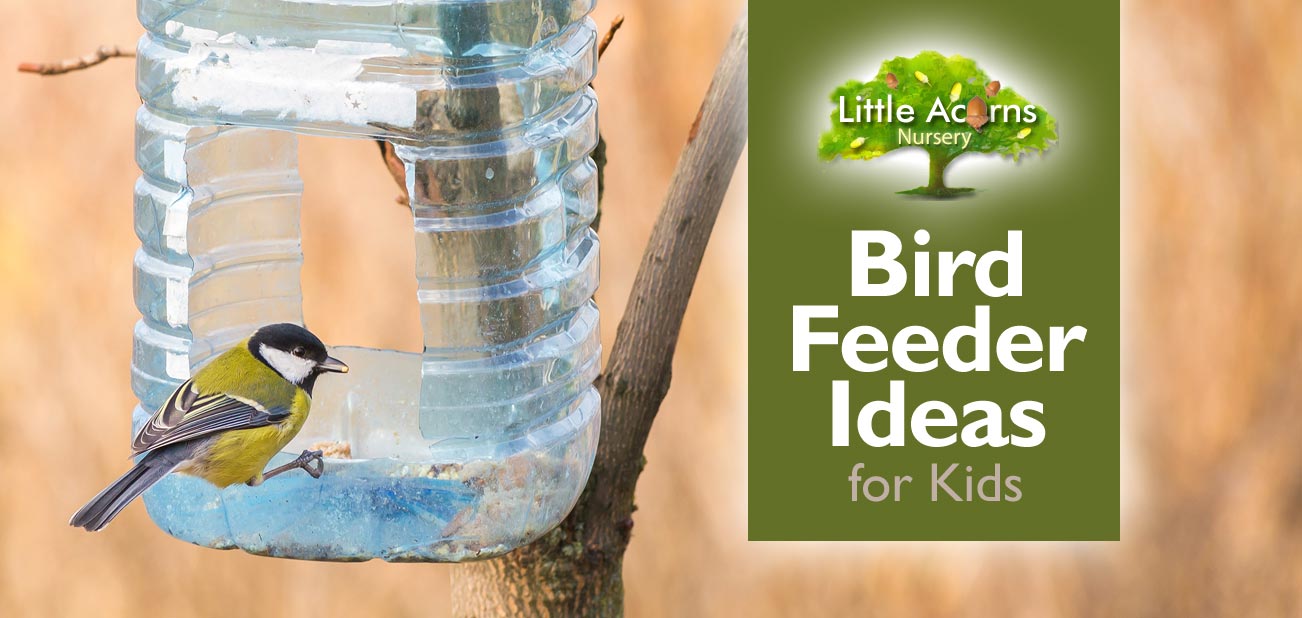
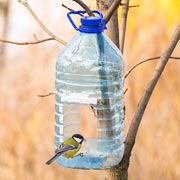 Making bird feeders
Making bird feeders 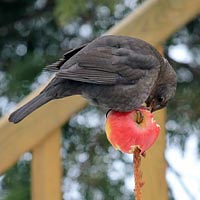
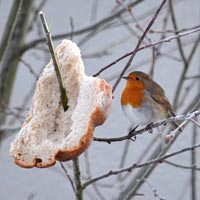
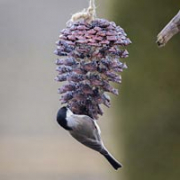
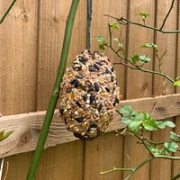 Seeded pine cone bird feeders
Seeded pine cone bird feeders  Water bottle bird feeders.
Water bottle bird feeders.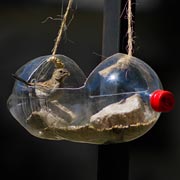 Then, they can be partly filled with bird seed, or perhaps grated Cheddar cheese. Alternatively you can see that some of the designs could be used for drinking water, for example the one shown immediately on the left or at the very top of this article. Another variation even has a plastic spoon pushed into it, forming a convenient perch for the birds to land on and to feed from (see right).
Then, they can be partly filled with bird seed, or perhaps grated Cheddar cheese. Alternatively you can see that some of the designs could be used for drinking water, for example the one shown immediately on the left or at the very top of this article. Another variation even has a plastic spoon pushed into it, forming a convenient perch for the birds to land on and to feed from (see right).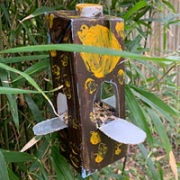 Carton bird feeders
Carton bird feeders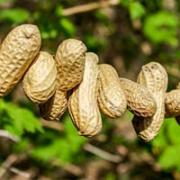 Monkey Nut Bird Feeders
Monkey Nut Bird Feeders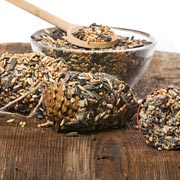 If using peanut butter in your home-made bird feeders, ensure it is fresh, has no salt or sugar added and is not ‘flavoured’. Smooth or crunchy peanut butter is great for bird-feeders, though, and you can even stick extra bird seed to it once it’s been spread on your feeder e.g. pine cone or apple. There are also some peanut butter brands made specifically for wild birds, by the way.
If using peanut butter in your home-made bird feeders, ensure it is fresh, has no salt or sugar added and is not ‘flavoured’. Smooth or crunchy peanut butter is great for bird-feeders, though, and you can even stick extra bird seed to it once it’s been spread on your feeder e.g. pine cone or apple. There are also some peanut butter brands made specifically for wild birds, by the way. Why Nature is So Important for Children
Why Nature is So Important for Children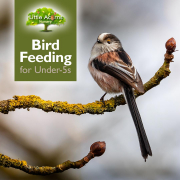
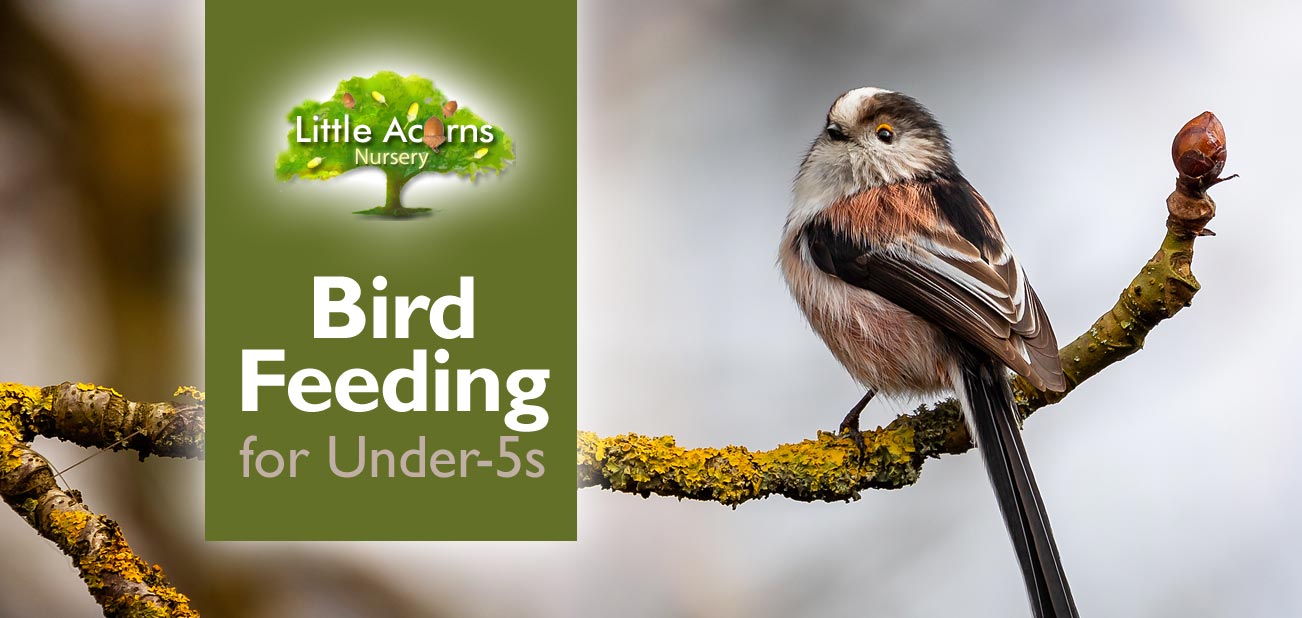
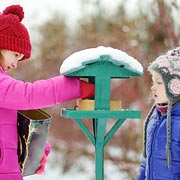
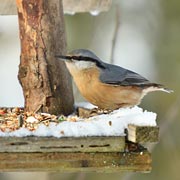 Providing food for birds is a win-win for everyone — humans and birds alike. Birds obviously get to eat much needed food without huge effort and children get to learn more about nature and perhaps individual bird visitors. (We even name our regulars! “Vern” is a tame blackbird, for example, having been named after a character in the famous movie Rain Man). By encouraging birds to visit, children will soon be able to recognise and name the different species of bird too, particularly if given some help from a parent or bird book. Visitors might include robins, blackbirds, blue tits, great tits, long-tailed tits (our favourite), thrushes, starlings and, if they’re lucky, more unusual, colourful birds like nuthatches, woodpeckers, bull finches and gold finches. As it gets colder, some species will travel to warmer countries to overwinter. For those that stay in the UK, however, food from a friendly young nature-lover will be a real lifeline.
Providing food for birds is a win-win for everyone — humans and birds alike. Birds obviously get to eat much needed food without huge effort and children get to learn more about nature and perhaps individual bird visitors. (We even name our regulars! “Vern” is a tame blackbird, for example, having been named after a character in the famous movie Rain Man). By encouraging birds to visit, children will soon be able to recognise and name the different species of bird too, particularly if given some help from a parent or bird book. Visitors might include robins, blackbirds, blue tits, great tits, long-tailed tits (our favourite), thrushes, starlings and, if they’re lucky, more unusual, colourful birds like nuthatches, woodpeckers, bull finches and gold finches. As it gets colder, some species will travel to warmer countries to overwinter. For those that stay in the UK, however, food from a friendly young nature-lover will be a real lifeline.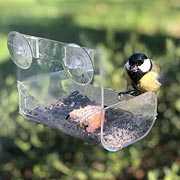 If children do get involved in feeding wild birds, they’ll soon begin to realise how delightful the little beings are. They each have their own character, likes and dislikes. Children will get to appreciate this if they keep up the feeding and the birds will soon realise where to find the food each day. Children will get to understand the importance of nature and learn skills like empathy, understanding and responsibility as they nurture the wellbeing of these beautiful wild visitors. Animals, birds and insects are all individuals and it’s good for children to recognise this. By feeding birds and other animals, they will also be able to continue to appreciate nature and the natural world, just like they do in our
If children do get involved in feeding wild birds, they’ll soon begin to realise how delightful the little beings are. They each have their own character, likes and dislikes. Children will get to appreciate this if they keep up the feeding and the birds will soon realise where to find the food each day. Children will get to understand the importance of nature and learn skills like empathy, understanding and responsibility as they nurture the wellbeing of these beautiful wild visitors. Animals, birds and insects are all individuals and it’s good for children to recognise this. By feeding birds and other animals, they will also be able to continue to appreciate nature and the natural world, just like they do in our 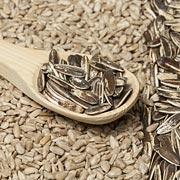 There are many bird feeders available to purchase in supermarkets and local shops, although we simply buy ours as part of our weekly online supermarket shop. Many are quite inexpensive. From fat balls and filled coconut shells, to seed cakes, hanging dispensers and pre-filled seed feeders, the variety available gives parents and children a huge choice. In our own garden, we have found that
There are many bird feeders available to purchase in supermarkets and local shops, although we simply buy ours as part of our weekly online supermarket shop. Many are quite inexpensive. From fat balls and filled coconut shells, to seed cakes, hanging dispensers and pre-filled seed feeders, the variety available gives parents and children a huge choice. In our own garden, we have found that 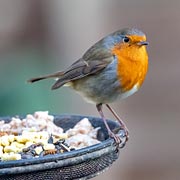 Grated Cheddar cheese (mild and in moderation) will be very popular. Robins, blackbirds, sparrows, starlings, pigeons and doves adore it! Mouldy or ‘blue’ cheese should be totally avoided, though, as the mould could harm or even kill birds. Meanwhile, bread will fill birds up but it doesn’t hold much nutritional value for them, so only feed bread to birds in moderation. It’s incredibly important not to feed them mouldy bread too, or for it to be left to go mouldy once outside. Mould can greatly harm or even kill birds.
Grated Cheddar cheese (mild and in moderation) will be very popular. Robins, blackbirds, sparrows, starlings, pigeons and doves adore it! Mouldy or ‘blue’ cheese should be totally avoided, though, as the mould could harm or even kill birds. Meanwhile, bread will fill birds up but it doesn’t hold much nutritional value for them, so only feed bread to birds in moderation. It’s incredibly important not to feed them mouldy bread too, or for it to be left to go mouldy once outside. Mould can greatly harm or even kill birds.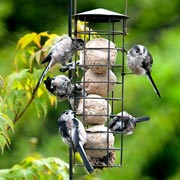 The RSPB provides
The RSPB provides 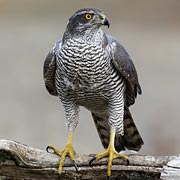 Window recesses, higher windowsills and balconies will usually offer some kind of suitable site for feeding birds. Careful choosing of the site for your bird feeders is an important consideration, however, which could make or break your feeder’s success and the wellbeing of the birds you are trying to help.
Window recesses, higher windowsills and balconies will usually offer some kind of suitable site for feeding birds. Careful choosing of the site for your bird feeders is an important consideration, however, which could make or break your feeder’s success and the wellbeing of the birds you are trying to help.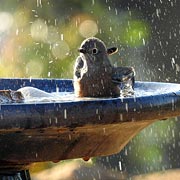 A Word About Hygiene for Your Family & the Birds
A Word About Hygiene for Your Family & the Birds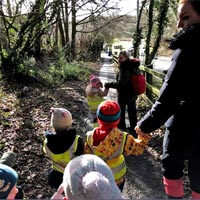
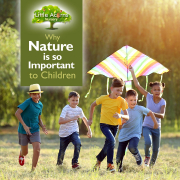
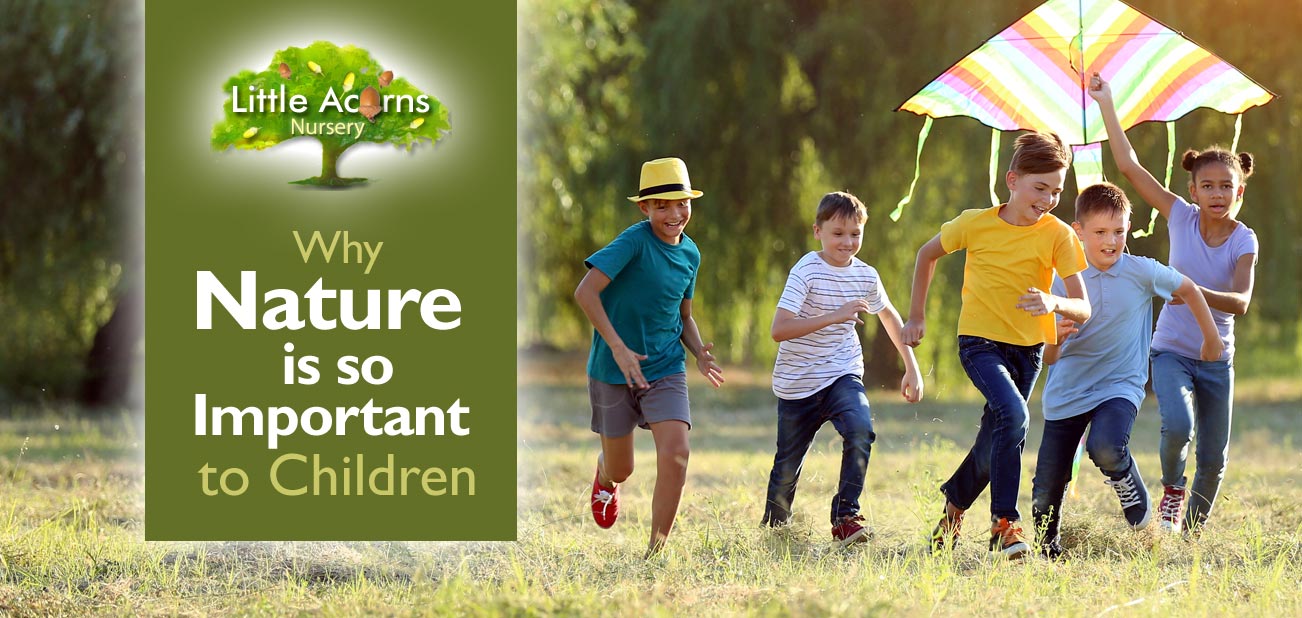
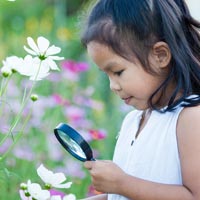 Today we’ll look at the immense benefits of nature to children. While the long-term benefits of nature are reasonably well-known, it turns out short-term exposure to the natural environment also has1 clear benefits for people of any age. The benefits are even more beneficial, though, for young people during their early years, at school and in higher education.
Today we’ll look at the immense benefits of nature to children. While the long-term benefits of nature are reasonably well-known, it turns out short-term exposure to the natural environment also has1 clear benefits for people of any age. The benefits are even more beneficial, though, for young people during their early years, at school and in higher education.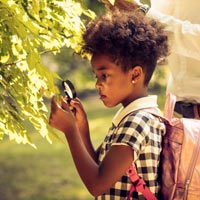 One of the wonderful things about nature is that immersing oneself in it need not cost a penny. With so many proven benefits, it just goes to show that the old adage that ‘the best things in life are free’ really is true when it comes to nature. Exposure to the natural environment and green surroundings has been shown to have clear benefits …
One of the wonderful things about nature is that immersing oneself in it need not cost a penny. With so many proven benefits, it just goes to show that the old adage that ‘the best things in life are free’ really is true when it comes to nature. Exposure to the natural environment and green surroundings has been shown to have clear benefits … The benefits of restored attention skills in themselves should not, of course, be overlooked. Interestingly, research6 involving cognitive tests on school children found that children who had undergone the tests after walking in a natural wooded environment were quicker to answer – and significantly more accurate in their answers – than those who had instead practised mindfulness in the classroom or who had spent time in the school playground during the break.
The benefits of restored attention skills in themselves should not, of course, be overlooked. Interestingly, research6 involving cognitive tests on school children found that children who had undergone the tests after walking in a natural wooded environment were quicker to answer – and significantly more accurate in their answers – than those who had instead practised mindfulness in the classroom or who had spent time in the school playground during the break.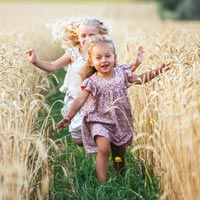 Almost Endless Benefits to Children
Almost Endless Benefits to Children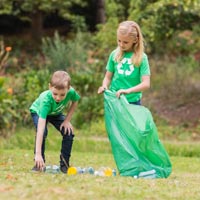 Greater empathy e.g. taking more care of other living things, plants, etc.;
Greater empathy e.g. taking more care of other living things, plants, etc.; Just imagine, then, how much children benefit from nature when attending a Forest School setting such as that available at Little Acorns Nursery, Chorley. At Forest School, little ones will spend significant time in local green and wooded spaces, so these findings show just how important Forest School is for youngsters. Why send your child to an ordinary nursery, then, when you can send them to
Just imagine, then, how much children benefit from nature when attending a Forest School setting such as that available at Little Acorns Nursery, Chorley. At Forest School, little ones will spend significant time in local green and wooded spaces, so these findings show just how important Forest School is for youngsters. Why send your child to an ordinary nursery, then, when you can send them to 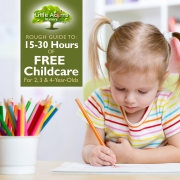
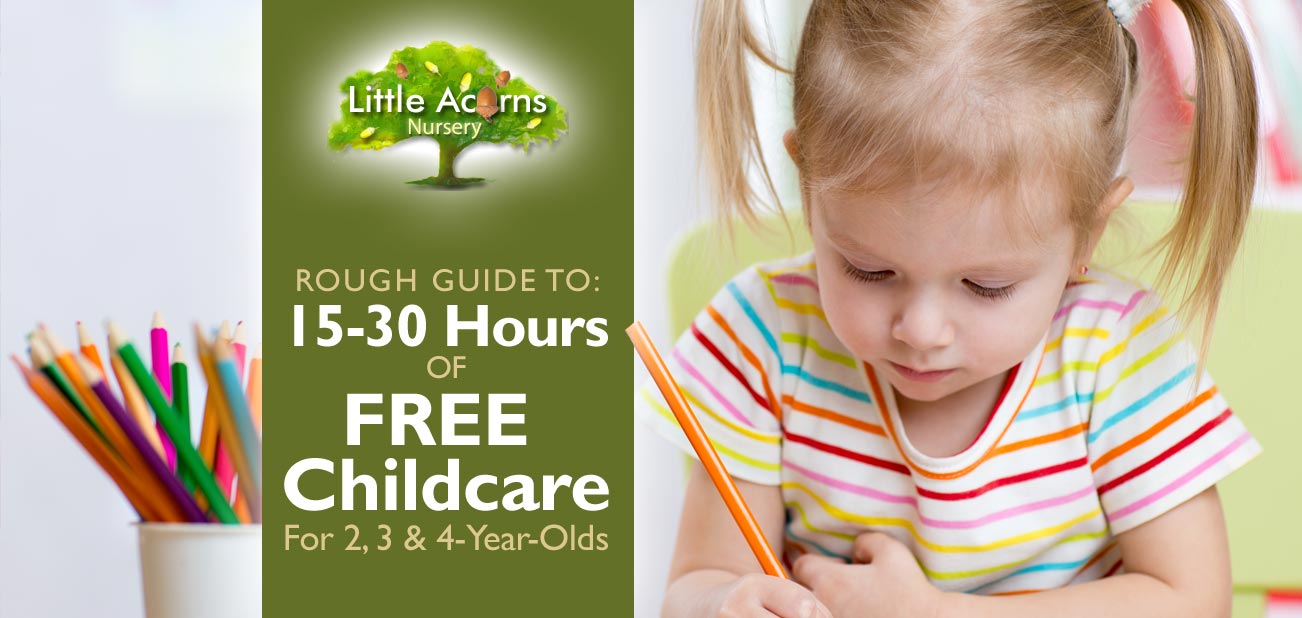
 Children living in England are very fortunate to have their early years childcare supported financially by a variety of Government funding schemes. The 3 most important, popular and widely-available schemes are:
Children living in England are very fortunate to have their early years childcare supported financially by a variety of Government funding schemes. The 3 most important, popular and widely-available schemes are: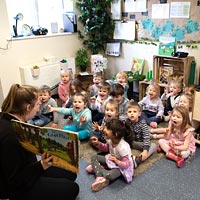 Let’s look at each of the schemes …
Let’s look at each of the schemes …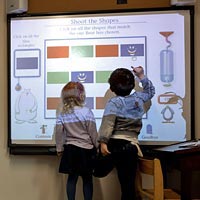 Taking the above scheme a step further, eligible families are able to top up the standard 15 hours per week with an additional 15 hours of free childcare in specific circumstances. In effect, this can double the child’s free childcare hours from the standard 570 hours to 1140 per annum. These are usually taken as 30 hours per week over 38 weeks although, again, some childcare settings may be able to be flexible and to spread the hours out in a different way.
Taking the above scheme a step further, eligible families are able to top up the standard 15 hours per week with an additional 15 hours of free childcare in specific circumstances. In effect, this can double the child’s free childcare hours from the standard 570 hours to 1140 per annum. These are usually taken as 30 hours per week over 38 weeks although, again, some childcare settings may be able to be flexible and to spread the hours out in a different way.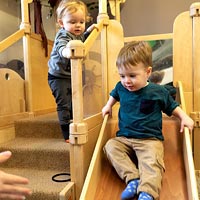 Under certain circumstances, children aged just two can have some of their childcare funded by the Government too. However, it’s much more restrictive for this age group. If successful, though, the Government will fund up to 570 hours of childcare for a two-year-old over the course of a year — that’s significant and could really help mothers or stay-at-home fathers get back to work sooner. As with the 3 & 4-year-olds, the 570 hours is usually taken as 15 hours per week over the course of 38 weeks, but some parents may wish to ask their childcare provider if it’s possible to spread it out in a different way.
Under certain circumstances, children aged just two can have some of their childcare funded by the Government too. However, it’s much more restrictive for this age group. If successful, though, the Government will fund up to 570 hours of childcare for a two-year-old over the course of a year — that’s significant and could really help mothers or stay-at-home fathers get back to work sooner. As with the 3 & 4-year-olds, the 570 hours is usually taken as 15 hours per week over the course of 38 weeks, but some parents may wish to ask their childcare provider if it’s possible to spread it out in a different way.